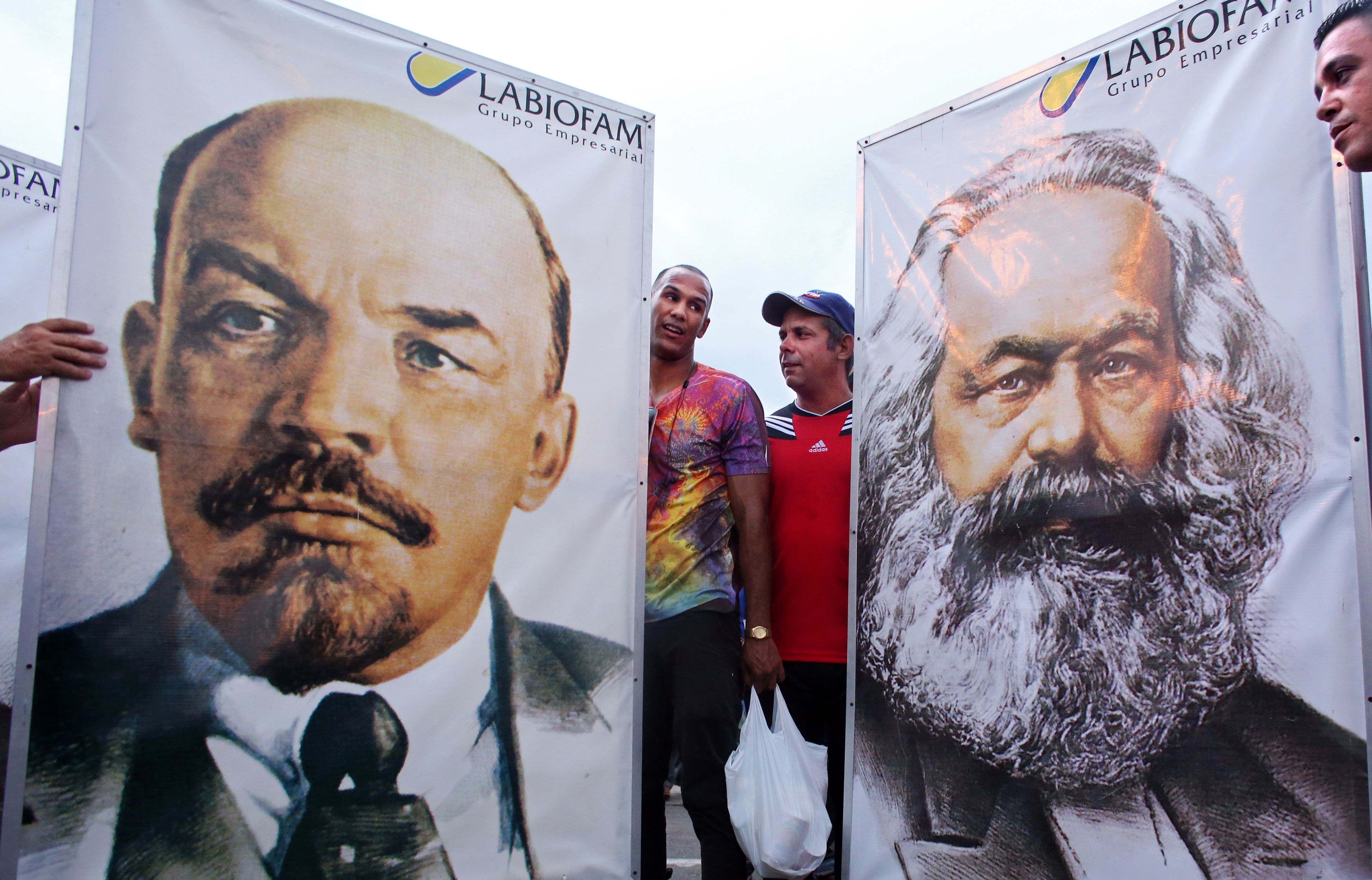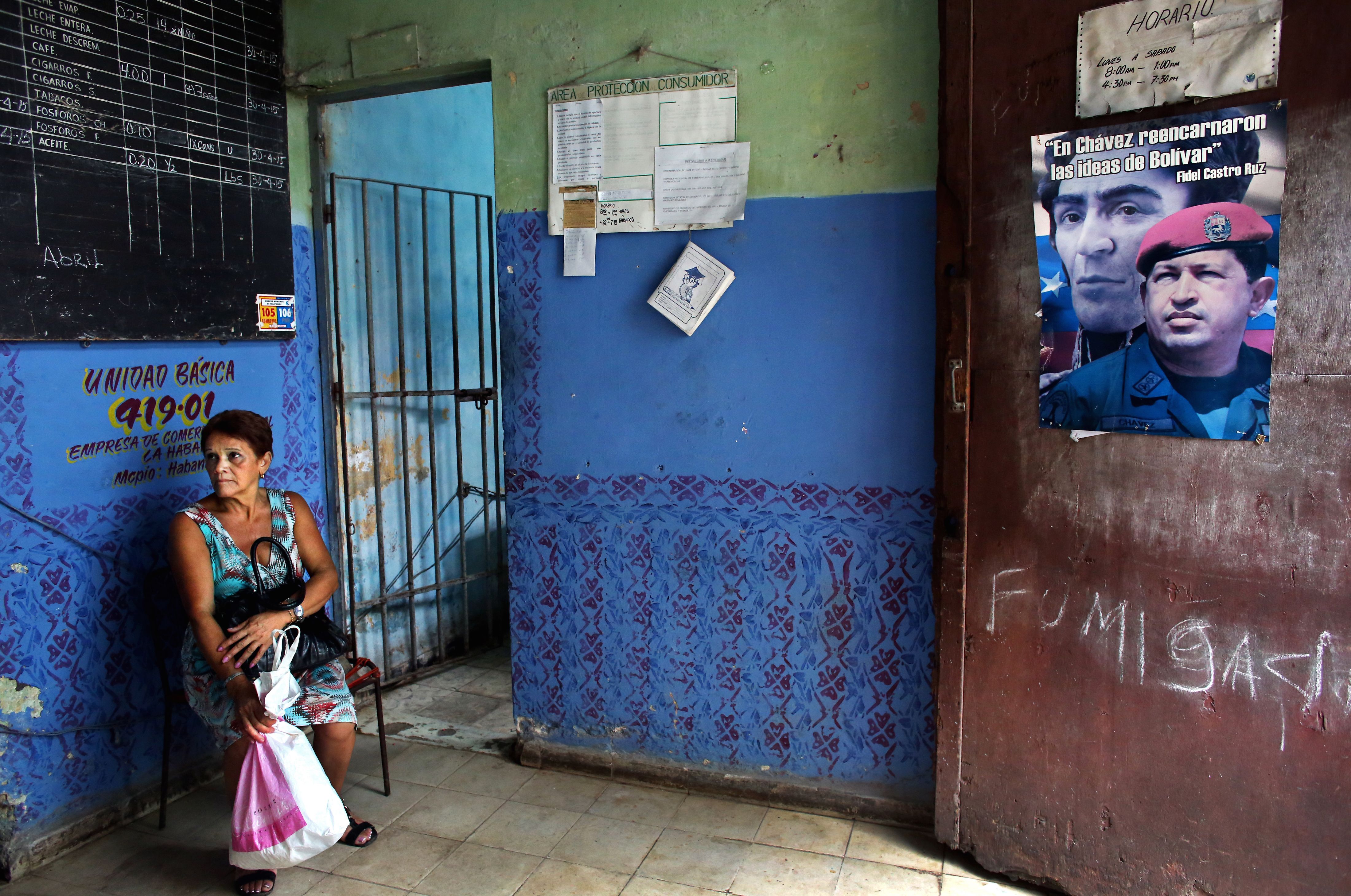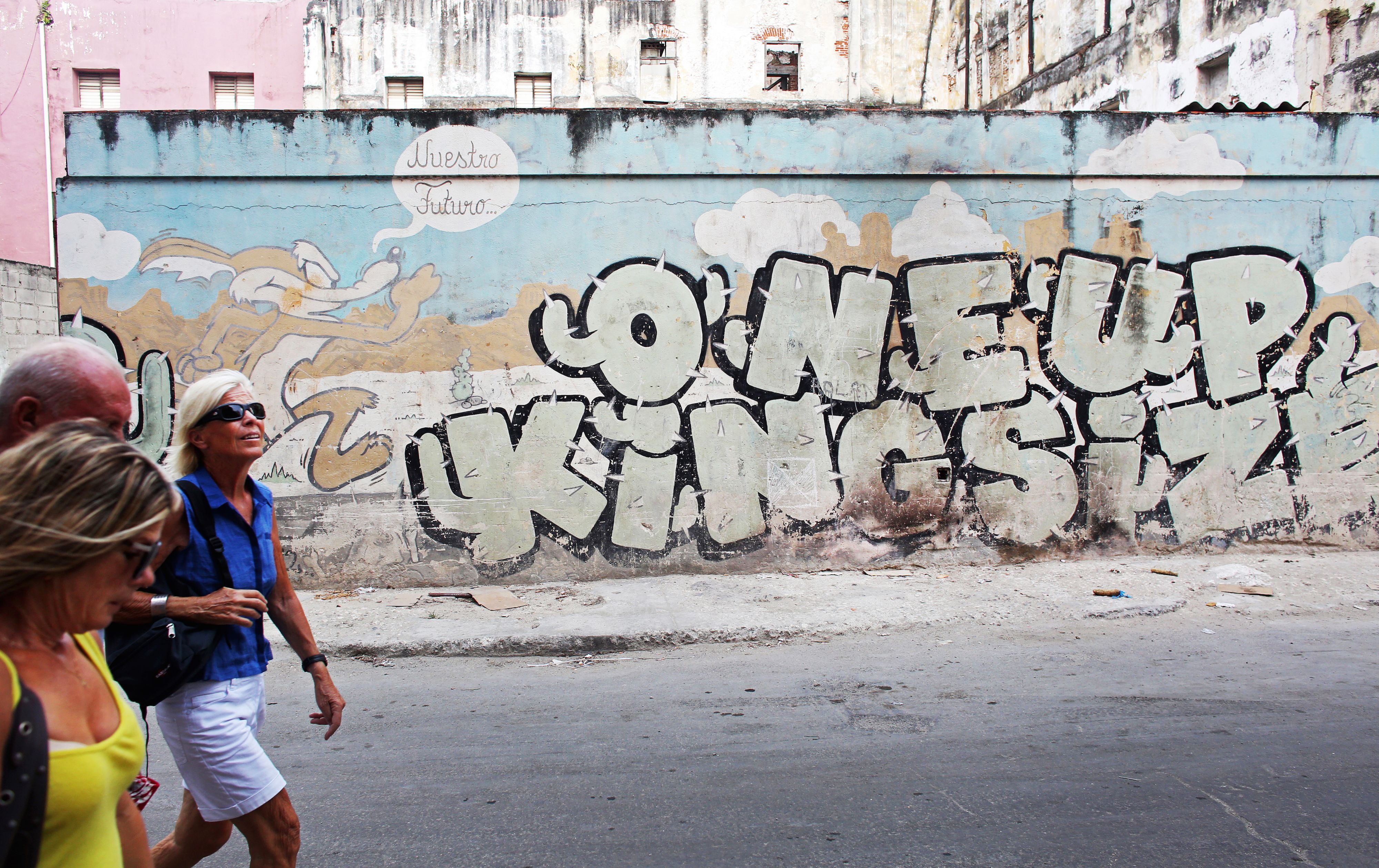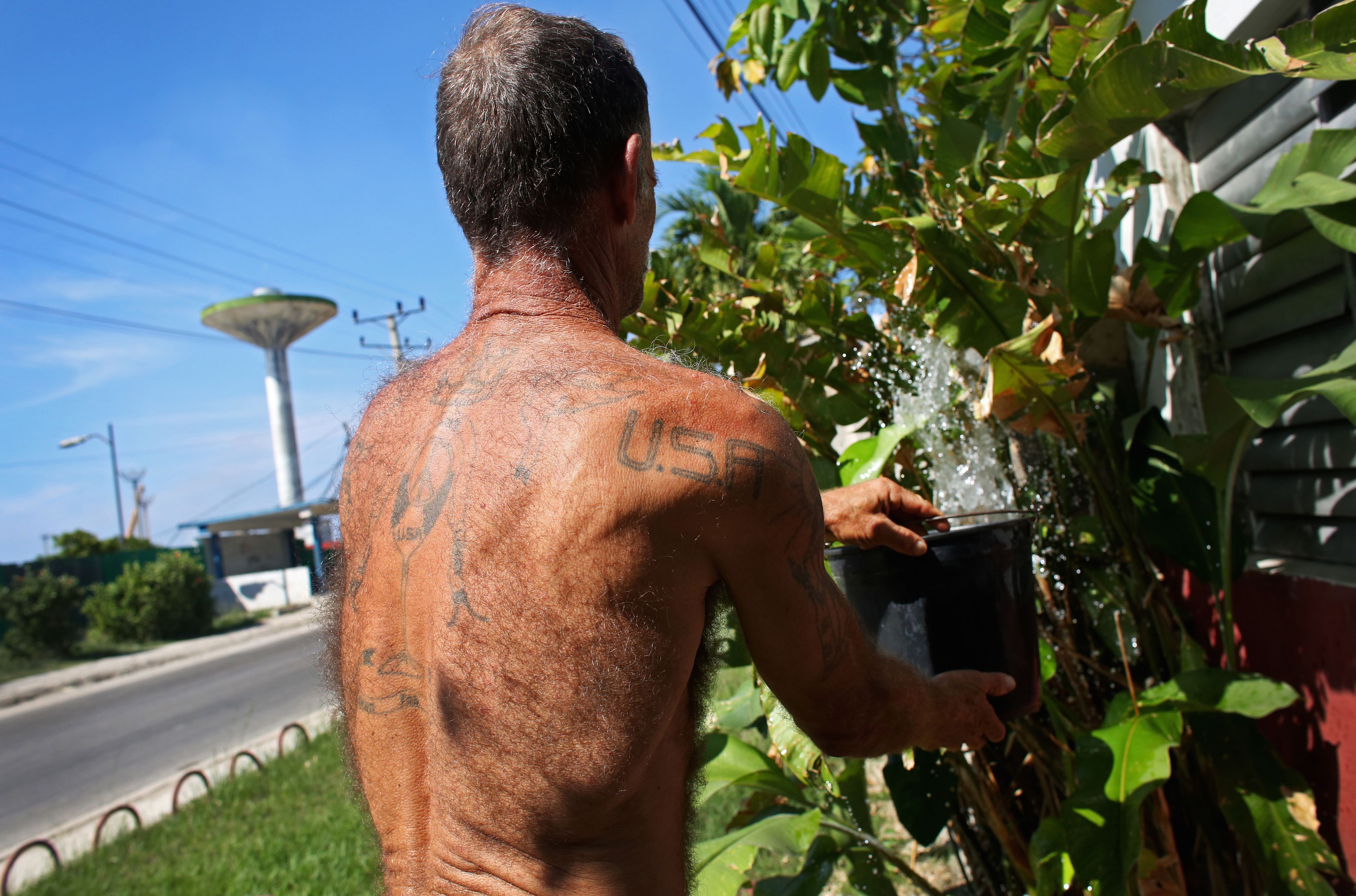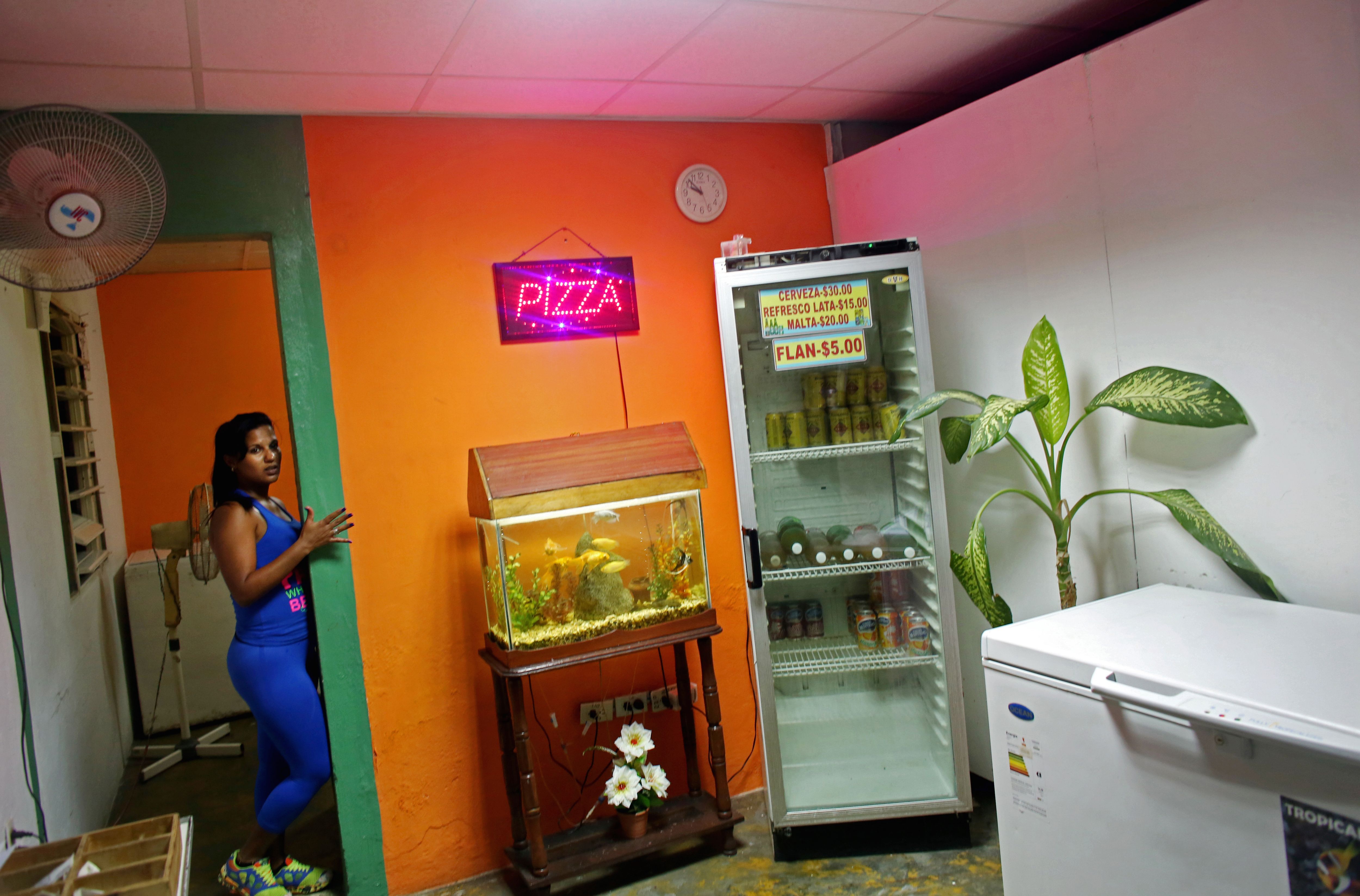August 31, 2015 | The New Yorker
By
Yana Paskova
From the elaborate May Day marches and the ubiquitous posters of Marx and Lenin to the food shortages, forced participation in "Pioneer" youth organizations and restrictions on artists and writers, photographer Yana Paskova, who grew up in communist Bulgaria, is attuned to the echoes and shadows of her own childhood in today's Cuba. Her images from Cuba appeared on The New Yorker's Instagram feed.






